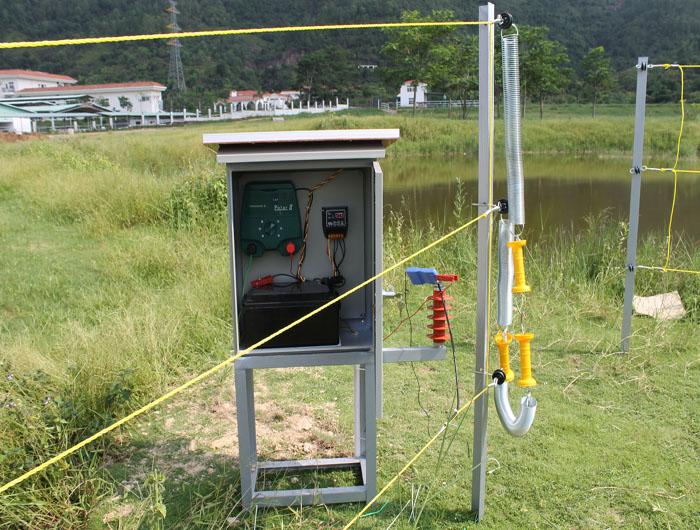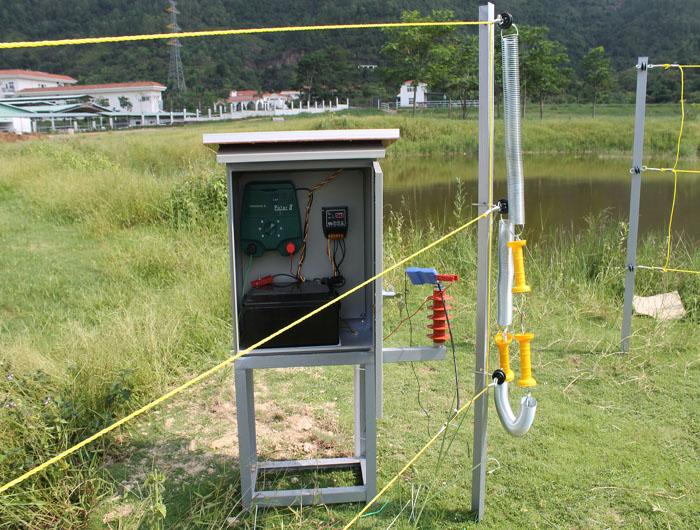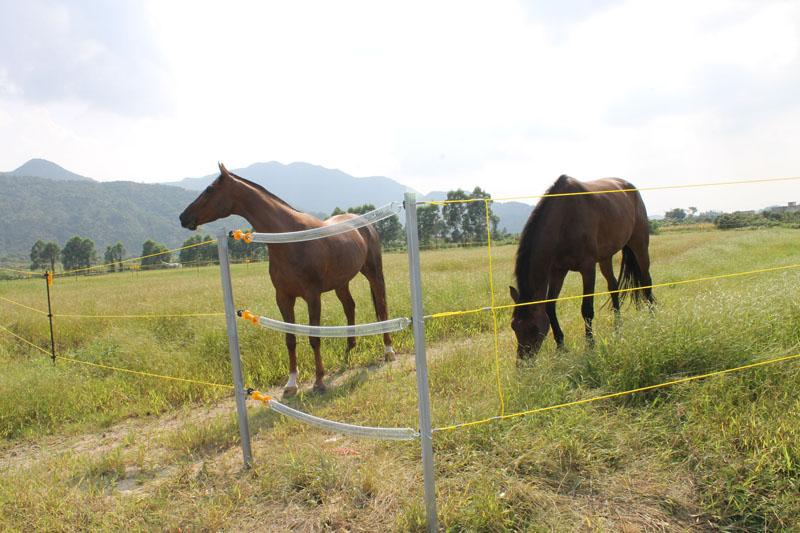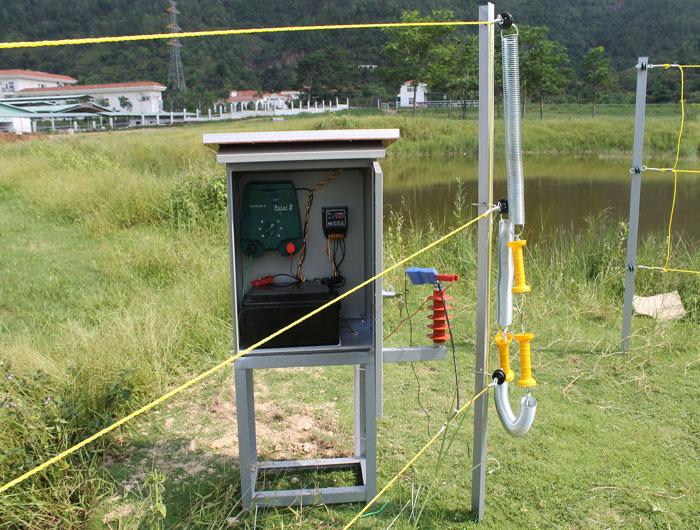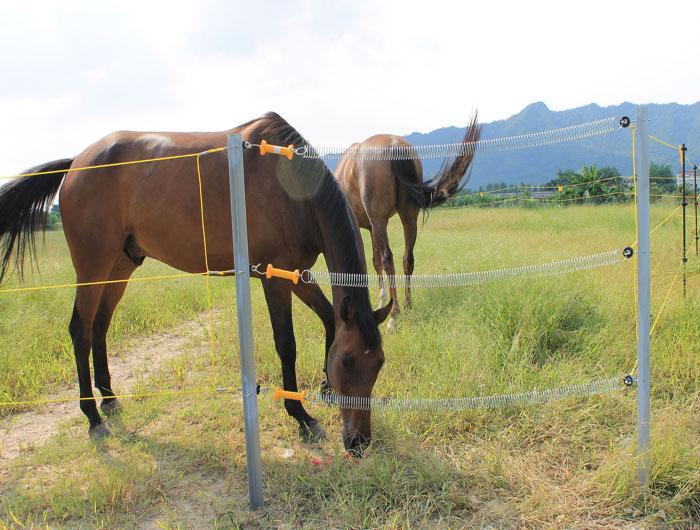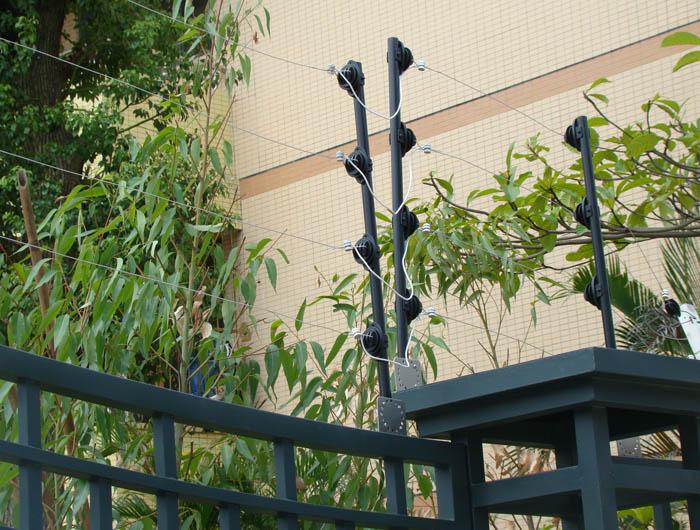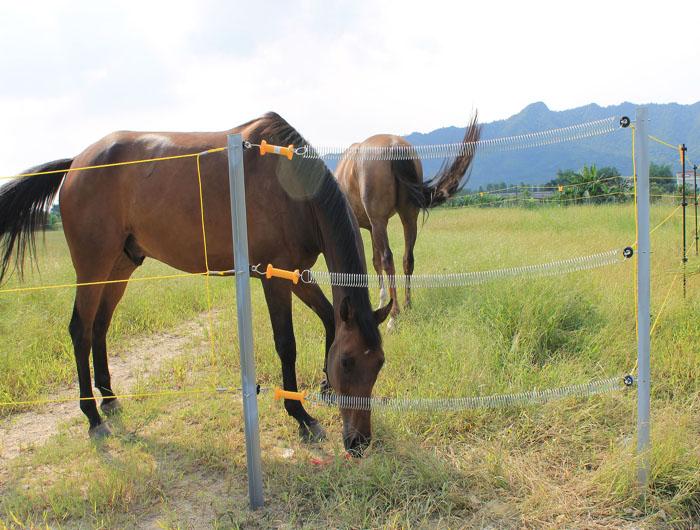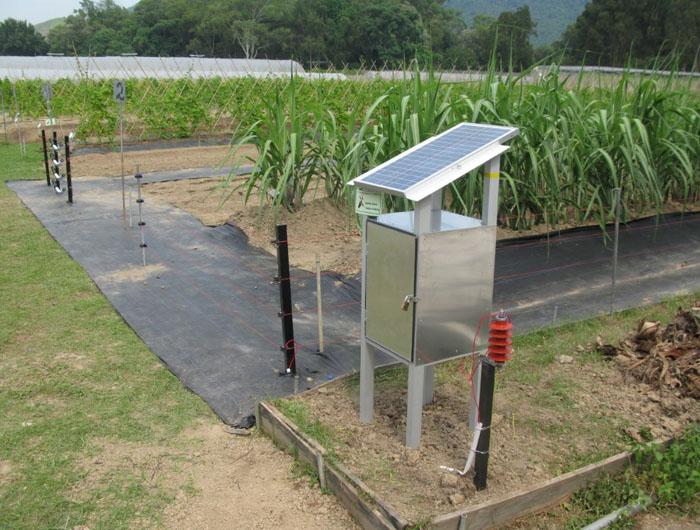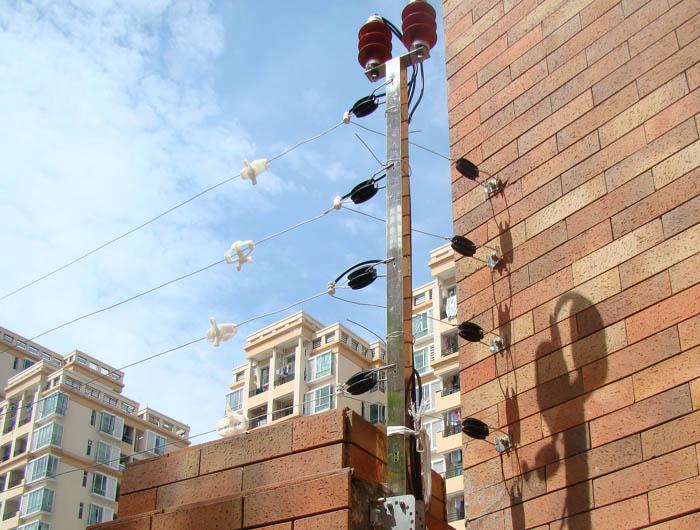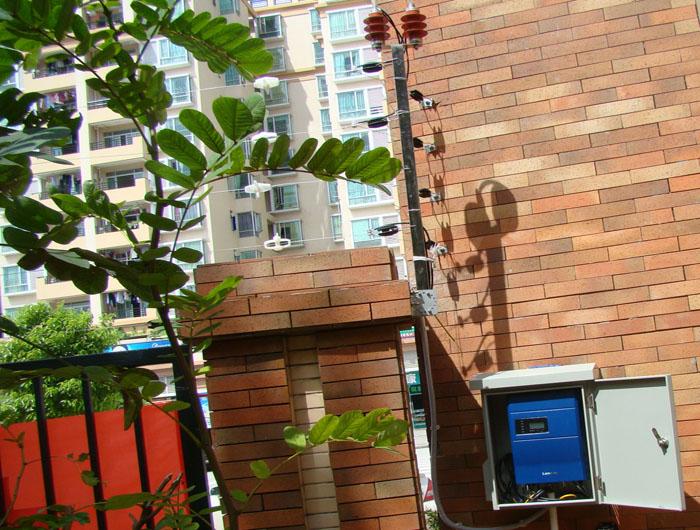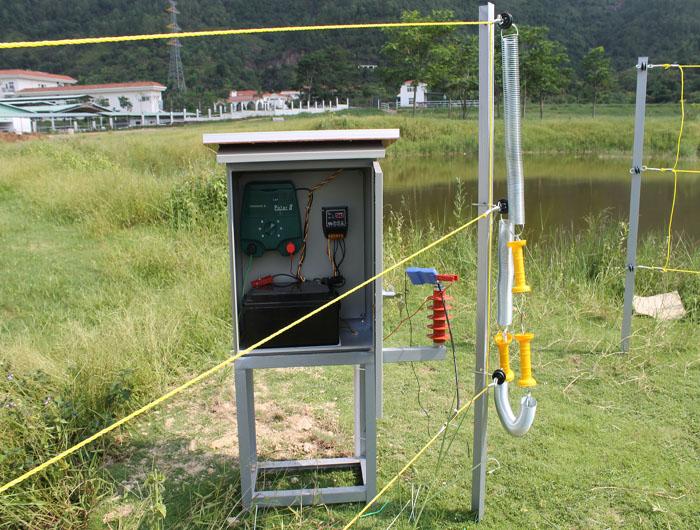The
electric fence is a great choice for homeowners or farmers to ensure their pets
or animals safety. Fence
chargers are the heart of the fence system, providing the source for the
electric current that flows through fence wire. Fence chargers, also known as
energizers or fencers, vary by amount of current they output and their power
source.
The energizer (also
called a fencer) is the cornerstone of any electric fence. Selecting the right
one for your farm is crucial to making an electric fence work for you.
Understanding electricity and all the jargon that goes with it can be a
challenge. Luckily, thinking about water is often a great way to imagine
electricity, so I’m going to draw comparisons between electricity and water
throughout this article.
The first step in
selecting an energizer is to determine your power source. If the fence is close
enough, an energizer that plugs into the hydro is oftenthecheapest and
easiest solution. As the fence gets further away from an outlet, running wires
becomes expensive and other power options start to look more attractive.
Deep-cycling 12 volt marine batteries are another potential power source for an
energizer. These work best when you have at least two to swap out – one battery
can charge while the other powers the energizer. An energizer being powered by
batteries needs to be fairly accessible, so that batteries are easy to change
before they run down. For electric fences in more remote locations, a solar
panel may be the best solution. These tend to be the most expensive power
source for a fence, but because the panel recharges the battery, it’s less
likely to lose power than batteries alone. For solar panels to be effective,
they need to receive a minimum of 4-6 hours of direct sunlight every day.
An electric fence is a
psychological barrier: livestock learn not to touch the fence because the shock
is unpleasant. Untrained animals or a non-electrified fence may enable
livestock to go right through the fence, because it is not physically strong
enough to stop them. To ensure the fence is “hot” enough to convince livestock
to stay in the paddock, you need enough voltage. Volts are a measure of electric potential. If we draw a
comparison with water, voltage is akin to water pressure. See Table 1 for
minimum output voltages. Check that the energizer can deliver an appropriate
amount of voltage.
Choosing
the right size of fence charger for your livestock is crucial for keeping them
safely contained. It's essential to consider the specific needs of each type of
animal and select a fence charger that provides enough energy and voltage to
deter them without causing harm. By using the joule and voltage scales provided
in this article, you can make an informed decision and ensure the safety and
well-being of your animals.
The most economical power source (hydro, batteries, or solar) depends on ease of access to fencer.Output voltage needs to be high enough to get the attention of the livestock being contained.Output joules rating must be capable of delivering the voltage along the length of wire in the fence.When in doubt, buy bigger than you need
“no road of flowers lead to glory.”
— la fontaine

